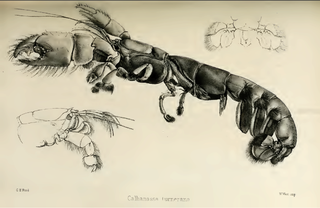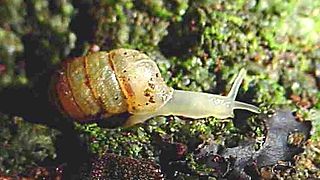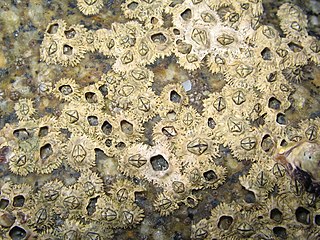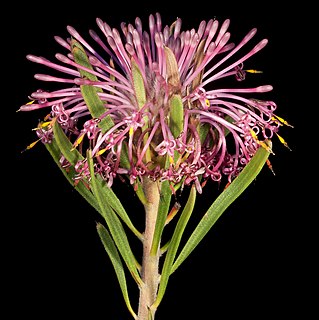In biological classification, the order is
- a taxonomic rank used in the classification of organisms and recognized by the nomenclature codes. The well-known ranks in descending order are: life, domain, kingdom, phylum, class, order, family, genus, and species, with order fitting in between class and family. An immediately higher rank, superorder, is sometimes added directly above order, with suborder directly beneath order.
- a taxonomic unit in the rank of order. In that case the plural is orders.

The Noctilucales are an order of marine dinoflagellates. They differ from most others in that the mature cell is diploid and its nucleus does not show a dinokaryotic organization. They show gametic meiosis.

Requiem sharks are sharks of the family Carcharhinidae in the order Carcharhiniformes. They are migratory, live-bearing sharks of warm seas and includes such species as the tiger shark, the bull shark, the spinner shark, the blacknose shark, the blacktip shark, the grey reef shark, the blacktip reef shark, the silky shark, the dusky shark, the blue shark, the copper shark and the oceanic whitetip shark.

The Pterophoridae or plume moths are a family of Lepidoptera with unusually modified wings. Though they belong to the Apoditrysia like the larger moths and the butterflies, unlike these they are tiny and were formerly included among the assemblage called "microlepidoptera".

Anthurium, is a genus of about 1000 species of flowering plants, the largest genus of the arum family, Araceae. General common names include anthurium, tailflower, flamingo flower, and laceleaf.

The Lamnidae are the family of mackerel or white sharks. They are large, fast-swimming sharks, found in oceans worldwide. The name of the family is formed from the Greek word, lamna, which means fish of prey, and was derived from the Greek legendary creature, the Lamia.

The Polyporaceae are a family of poroid fungi belonging to the Basidiomycota. The flesh of their fruit bodies varies from soft to very tough. Most members of this family have their hymenium in vertical pores on the underside of the caps, but some of them have gills or gill-like structures. Many species are brackets, but others have a definite stipe – for example, Polyporus badius.

Callianassa is a genus of mud shrimps, in the family Callianassidae. Three of the species in this genus have been split off into a new genus, Pestarella, while others such as Callianassa filholi have been moved to Biffarius.
Saccolaimus is a genus of the bat family Emballonuridae, small insectivorous flying mammals with distinctive sheathtails and pouches at the wrist.

Streptaxidae is a family of carnivorous air-breathing land snails, terrestrial pulmonate gastropod mollusks in the clade Stylommatophora. Six Streptaxidae subfamilies are accepted in the 2005 taxonomy of the Gastropoda by Bouchet & Rocroi.

Toxochelys is an extinct genus of marine turtle from the Late Cretaceous period. It is the most commonly found fossilized turtle species in the Smoky Hill Chalk, in western Kansas.

Calosoma is a genus of large ground beetles that occur primarily throughout the Northern Hemisphere, and are referred to as caterpillar hunters or searchers. Many of the 167 species are largely or entirely black, but some have bright metallic coloration. They produce a foul-smelling spray from glands near the tip of the abdomen. They are recognizable due to their large thorax, which is almost the size of their abdomen and much wider than their head.

Odontaspis is a genus of sand shark with two extant species.

Byturidae, also known as Fruitworms, is a very small family of beetles, in the suborder Polyphaga, comprising fewer than 20 species worldwide. The larvae of some species develop in fruits. Byturus unicolor affects species of Rubus and Geum.

Pyrgomorphidae is a family of grasshoppers in the order Orthoptera; it is the only family in the superfamily Pyrgomorphoidea, with a pan-tropical distribution. Their name is probably derived from pyrgos meaning "tower": a reference to the form (morph) of the head in the type genus Pyrgomorpha and other genera.

The Hexanauplia constitute a class of crustaceans, comprising three groups: the Copepoda, the Tantulocarida and the Thecostraca.

Isopogon longifolius is a small shrub in the family Proteaceae that is endemic to the southwest of Western Australia.

Isopogon linearis is a small shrub in the family Proteaceae that is endemic to the southwest of Western Australia.















